Few vegetables are as satisfying to grow as lettuce. It’s quick to sprout, grows well in containers or garden beds, and adds fresh crunch to every meal. But many gardeners make one simple mistake—they harvest lettuce the wrong way, causing the plants to stop producing long before the season ends.
If you’ve ever pulled up an entire lettuce plant too early or found your greens turning bitter, don’t worry. With the right harvesting technique, you can keep your lettuce growing—and your salad bowl full—for months on end.
This guide will teach you how to harvest lettuce so it keeps growing all season, whether you’re growing loose-leaf, romaine, or butterhead varieties. We’ll also cover timing, regrowth tips, and how to extend your lettuce harvest well into summer.
Understanding How Lettuce Grows
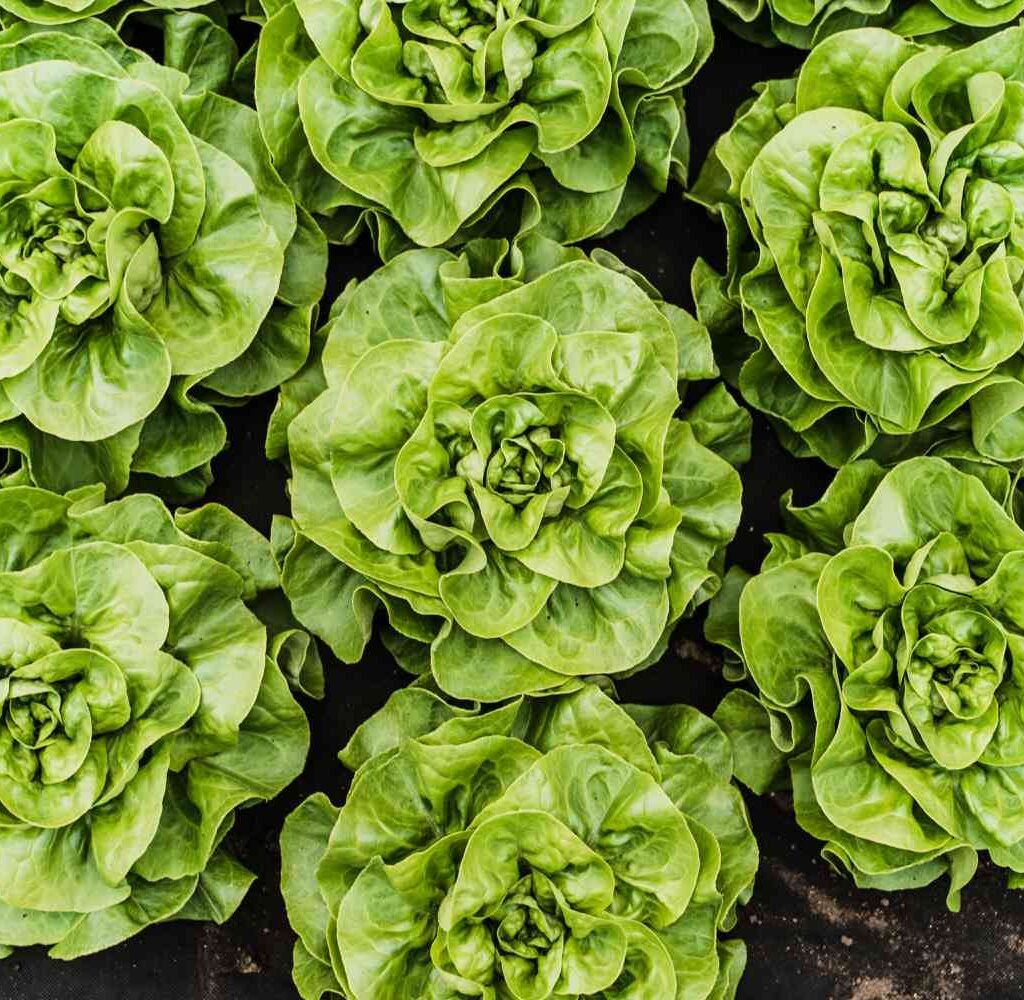
Lettuce is a cool-season crop, thriving in temperatures between 45°F and 70°F (7°C–21°C). Once the weather warms up, the plant shifts from producing tender leaves to sending up a tall stalk—a process called bolting. Bolting signals the end of lettuce’s leafy growth, and the leaves quickly turn bitter.
To get multiple harvests, you need to harvest strategically before bolting and in a way that allows the plant to regenerate from its core or base.
Different types of lettuce regrow in different ways, so knowing your variety is key:
- Loose-leaf lettuce (e.g., ‘Black Seeded Simpson,’ ‘Oak Leaf’): The best for continuous harvests. Regrows easily after cutting.
- Romaine or cos lettuce (e.g., ‘Parris Island Cos’): Regrows from the crown if you cut carefully.
- Butterhead or bibb lettuce (e.g., ‘Buttercrunch,’ ‘Boston’): Can regrow once or twice if harvested properly.
- Crisphead or iceberg lettuce: Not ideal for regrowth; these are usually harvested as full heads once.
If your goal is season-long lettuce, loose-leaf varieties are your best choice.
When to Harvest Lettuce
Timing is everything when it comes to lettuce. Harvesting too early gives you small yields, but waiting too long risks bitterness and bolting.
Here’s a quick guide to timing:
- Loose-leaf lettuce: Begin harvesting when leaves are 4–6 inches long, about 30–40 days after planting.
- Romaine and butterhead: Ready for partial harvests around 50–70 days.
- Crisphead: Harvest the whole head at around 75–90 days, before the center starts to elongate.
Pro tip: The best time of day to harvest lettuce is early morning. The leaves are crisp, cool, and full of moisture before the day’s heat sets in.
3 Ways to Harvest Lettuce for Continuous Growth
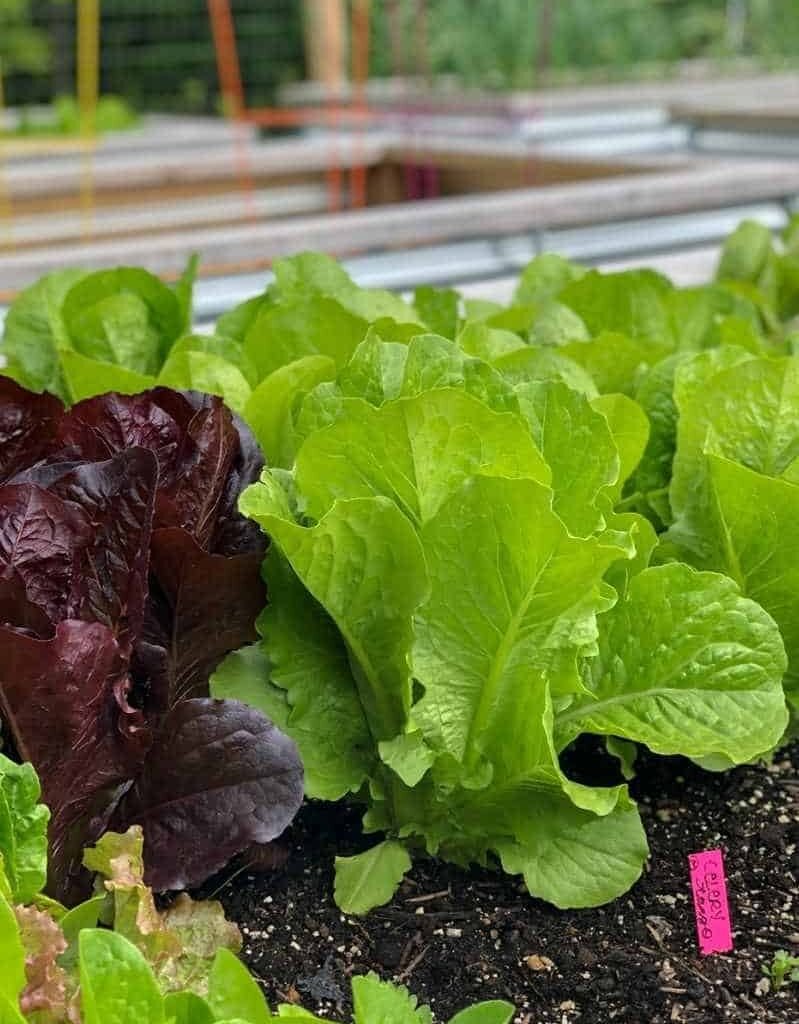
The way you harvest determines how long your lettuce will continue to produce. Let’s go through the three main techniques—and which one works best for each lettuce type.
1. The “Cut and Come Again” Method (Best for Loose-Leaf Varieties)
This is the easiest and most productive way to harvest lettuce throughout the season. Instead of removing the whole plant, you only trim the outer leaves and let the inner ones continue growing.
How to do it:
- Use clean scissors or garden shears.
- Snip outer leaves about 1 inch above the base, leaving the center intact.
- Harvest 2–3 leaves per plant at a time, allowing the inner core to photosynthesize and regrow.
- Repeat every 5–10 days, depending on how fast your lettuce grows.
Why it works:
The center of the plant keeps producing new leaves. As long as you leave several leaves on the plant, it will regrow multiple times—often for 6–8 weeks or longer.
Pro tip: Keep the soil moist and feed with diluted liquid compost tea every 2–3 weeks to boost regrowth.
2. The Partial Head Harvest (Best for Romaine and Butterhead)
If you prefer larger heads of lettuce, you can harvest just above the crown—allowing the base to regrow a second mini head.
How to do it:
- Wait until the head is mature but before it starts to bolt.
- Use a sharp knife to cut the plant about 1 inch above the soil line.
- Keep the root system and crown intact.
- Water well after harvesting and provide partial shade if temperatures rise.
Results:
Within 10–14 days, new leaves will sprout from the remaining crown. You can usually get one or two smaller harvests this way before the plant slows down or bolts.
3. Whole Plant Harvest (For Crisphead or End-of-Season Cuts)
For lettuce types that don’t regrow well—like iceberg—or when you’re ready to clear the bed, you can harvest the entire plant.
How to do it:
- Pull the plant gently from the soil or cut it at the base.
- Rinse the head immediately and store it in cool, damp conditions.
- Replace it with new lettuce seedlings to keep your production going.
Tip: Even if you’re doing full harvests, stagger your planting every 2–3 weeks so new lettuce is always growing as older plants mature.
How to Keep Lettuce Regrowing All Season
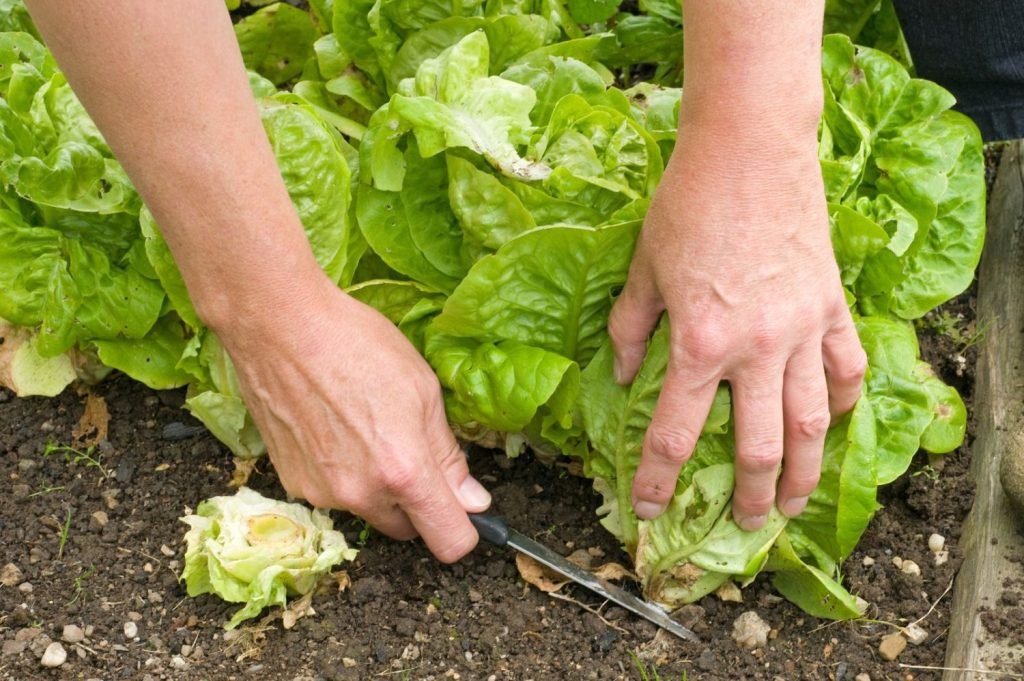
The right harvesting technique is only half the battle. To keep your lettuce plants healthy and productive for months, you’ll need to maintain ideal growing conditions.
1. Water Regularly and Evenly
Lettuce needs consistent moisture to stay tender and prevent stress-induced bolting.
- Water deeply 2–3 times per week, keeping the top few inches of soil evenly damp.
- Avoid overhead watering late in the day—it can encourage rot and mildew.
- Use mulch (straw, compost, or shredded leaves) to retain moisture and cool the soil.
Pro tip: If the leaves start to taste bitter, flush the soil with extra water to wash away built-up minerals and reduce stress.
2. Provide Shade in Hot Weather
Lettuce prefers cool temperatures. Once it consistently gets above 75°F (24°C), it’s at risk of bolting.
To protect your crop:
- Use 30–40% shade cloth to reduce sunlight intensity.
- Plant lettuce near taller crops (like tomatoes or peas) for natural shade.
- Water more frequently during heat waves to keep roots cool.
If you live in a hot climate, switch to heat-tolerant varieties such as ‘Jericho,’ ‘Nevada,’ or ‘Summer Bibb.’
3. Feed Lightly But Consistently
Because you’re harvesting frequently, lettuce benefits from light, steady feeding.
- Every 2–3 weeks, apply a diluted liquid fertilizer (like compost tea or fish emulsion).
- Avoid heavy nitrogen fertilizers—they promote soft growth that wilts easily.
Healthy, well-fed lettuce recovers faster after harvest and produces sweeter, crisper leaves.
4. Replant for Successive Harvests
Even the best-maintained lettuce plants will eventually slow down or bolt. To keep your garden full of greens all season:
- Succession plant new lettuce every 2–3 weeks.
- Alternate between varieties with different maturity rates.
- Use containers or small patches in the garden to maximize space.
This ensures you’ll always have young, tender lettuce ready to harvest while older plants are winding down.
5. Extend the Season With Clever Tricks
Want to enjoy homegrown lettuce from early spring to late fall? Try these techniques:
- Cold frames or row covers: Protect lettuce from frost in early spring and fall.
- Shade tunnels: Keep lettuce cool during mid-summer.
- Indoor hydroponics or containers: Grow lettuce indoors year-round with LED lights and controlled temperatures.
These small adjustments can add months to your lettuce-growing window.
Common Mistakes That Stop Lettuce From Regrowing
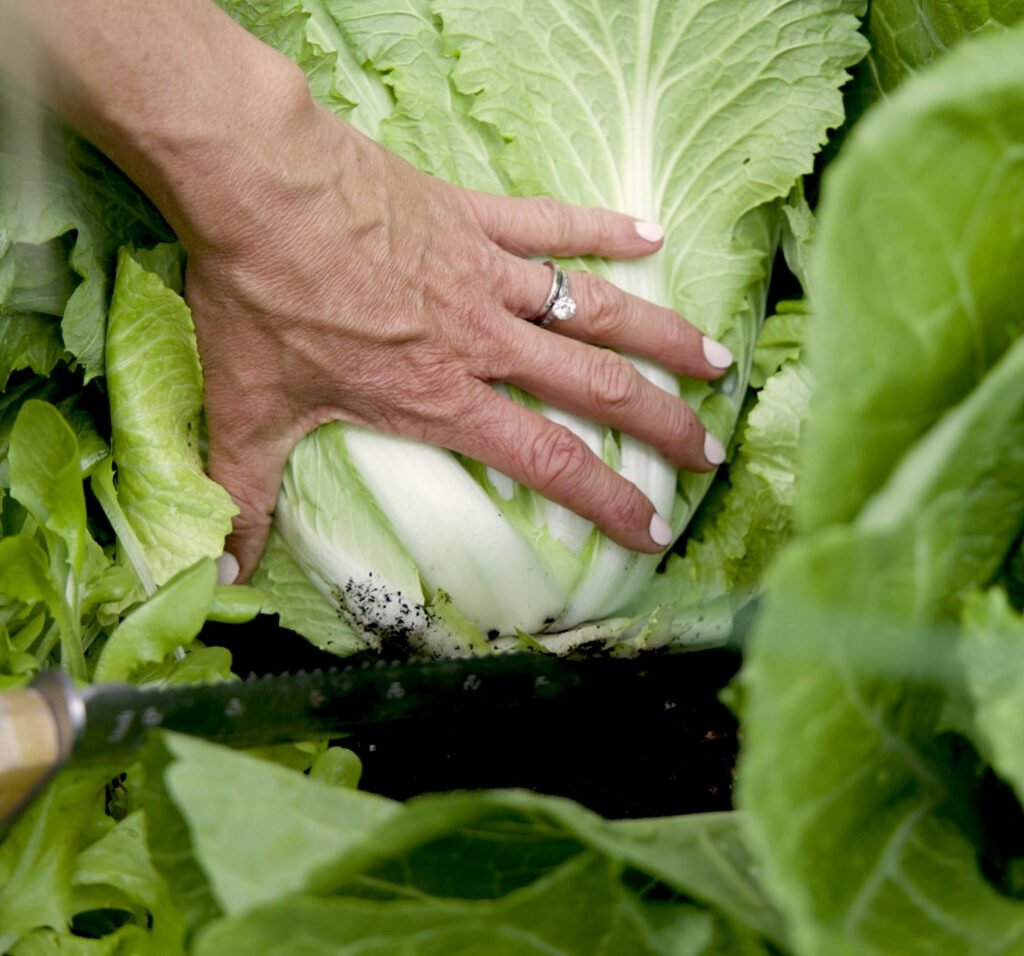
Even experienced gardeners sometimes struggle to keep lettuce producing. Avoid these pitfalls:
- Cutting too close to the base: Leaves won’t regrow if you damage the crown. Always leave 1 inch of stem.
- Letting soil dry out: Drought stress triggers bolting and bitter flavor.
- Overcrowding: Plants compete for light and nutrients, slowing regrowth. Space them at least 6–8 inches apart.
- Ignoring rising temperatures: Once lettuce bolts, it’s done. Harvest early if hot weather is on the horizon.
Harvesting Tips for Maximum Freshness
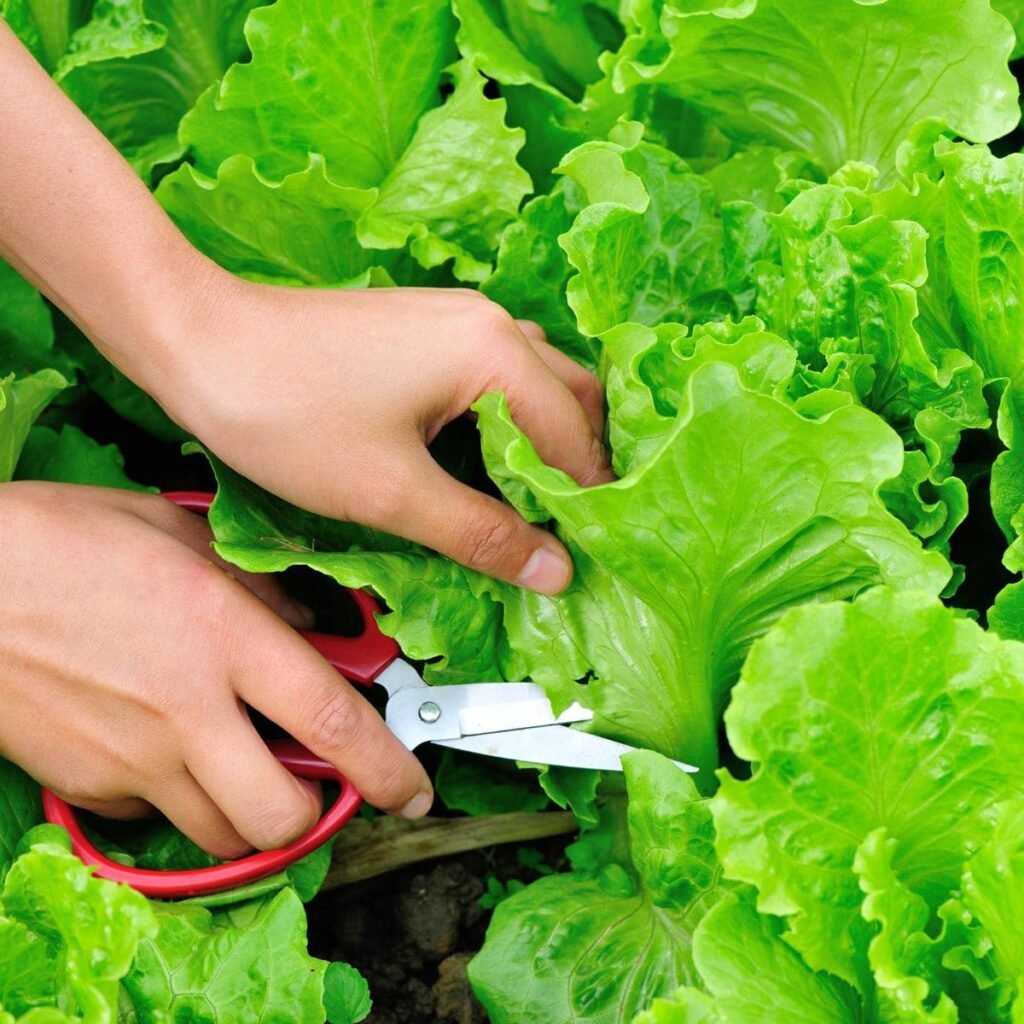
- Always harvest in the early morning for the crispest leaves.
- Rinse leaves gently and dry them in a salad spinner or with a clean towel.
- Store in a resealable bag or container with a damp paper towel to maintain humidity.
- Keep refrigerated at 35–40°F (1–4°C); most lettuce will stay fresh for 7–10 days.
Bonus tip: If you notice leaves starting to wilt after harvest, soak them in ice water for 15 minutes to revive their crispness.
Final Thoughts
The secret to endless lettuce isn’t luck—it’s technique. By harvesting the right way and giving your plants consistent care, you can keep lettuce growing from early spring until the first frost.
Use the cut-and-come-again method for loose-leaf varieties, partial head harvests for romaine and butterhead, and succession planting to keep your greens coming.
With a little planning and attention, your garden can supply fresh, crunchy lettuce all season long—no grocery store trips required.
So grab your scissors, head out to the garden, and start harvesting smarter. Your next salad will taste even better knowing it came straight from your thriving, ever-growing lettuce patch.
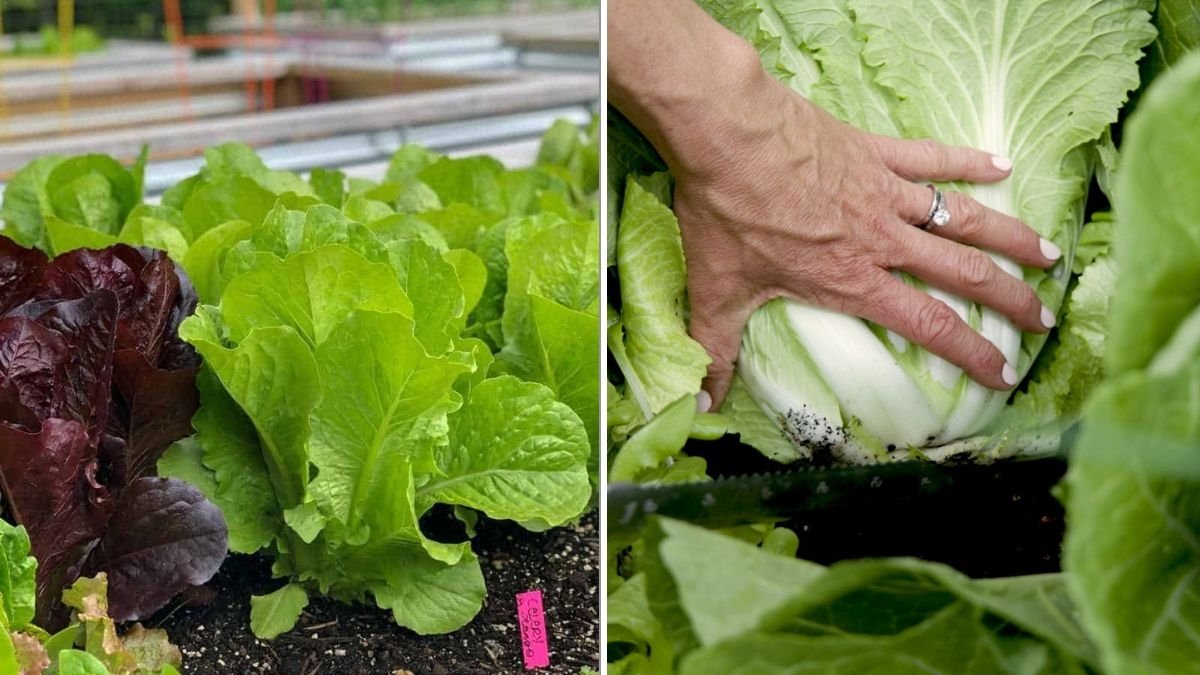





Leave A Comment